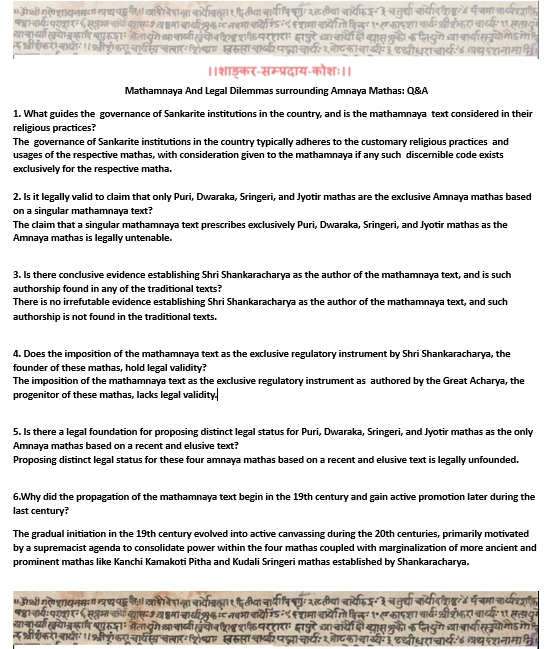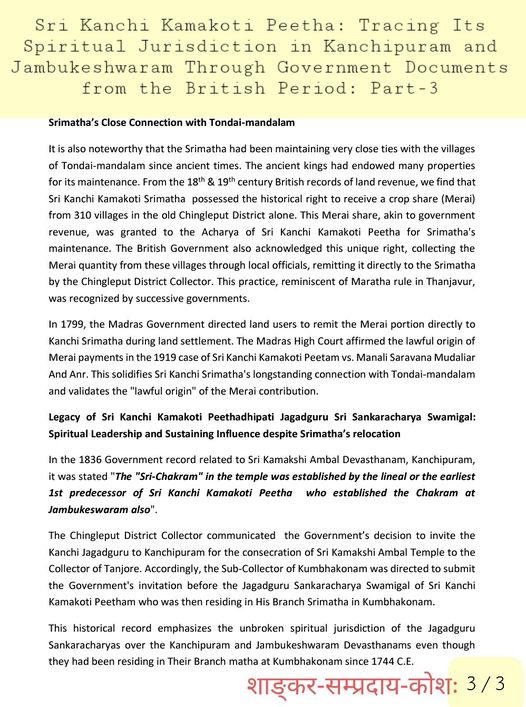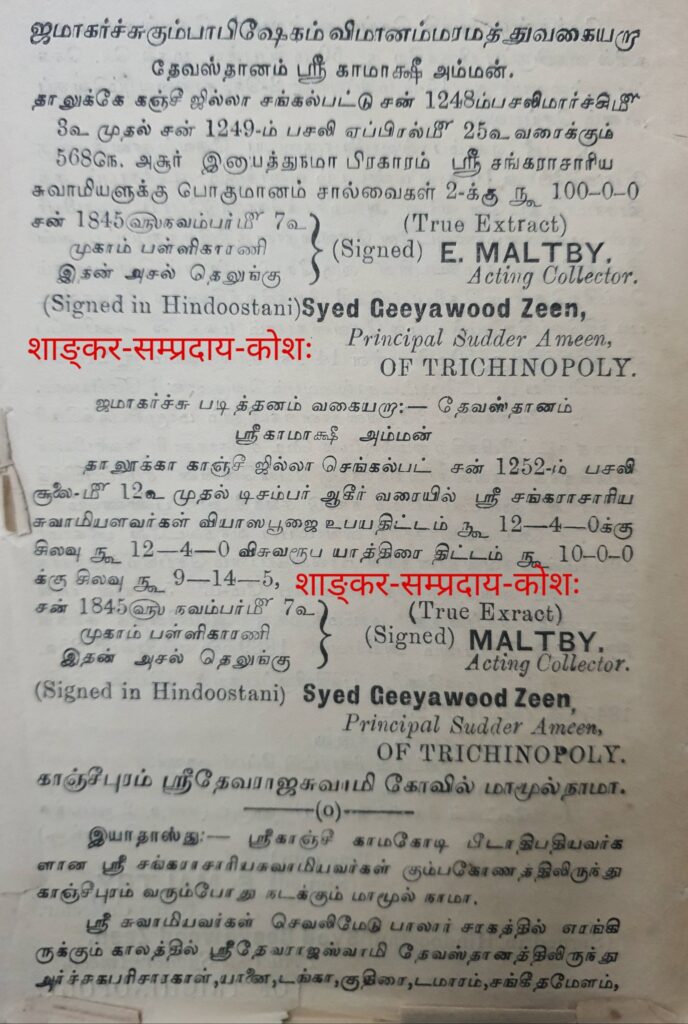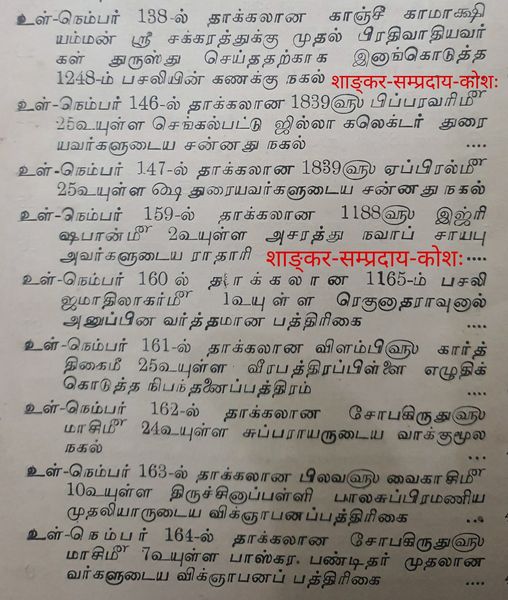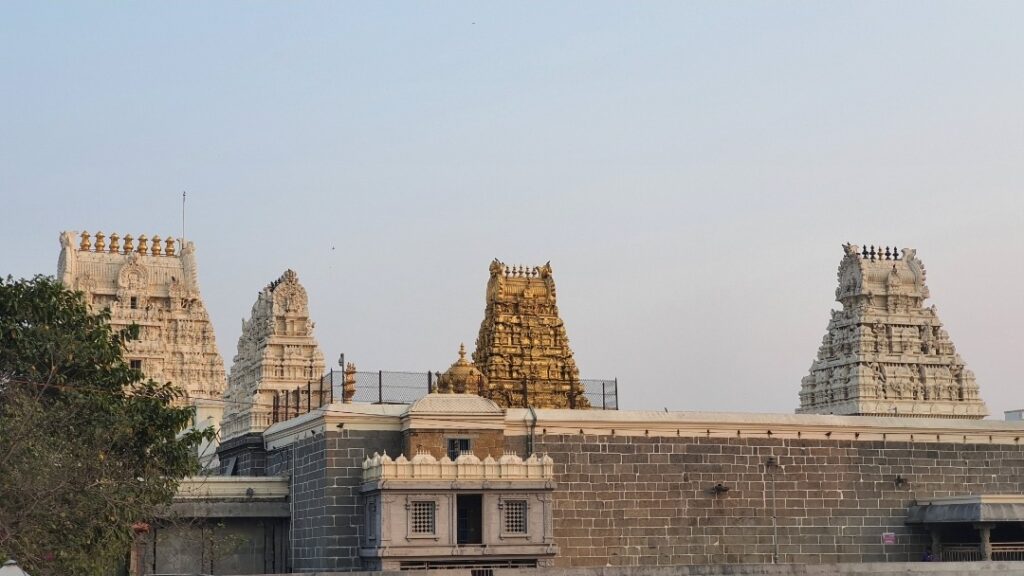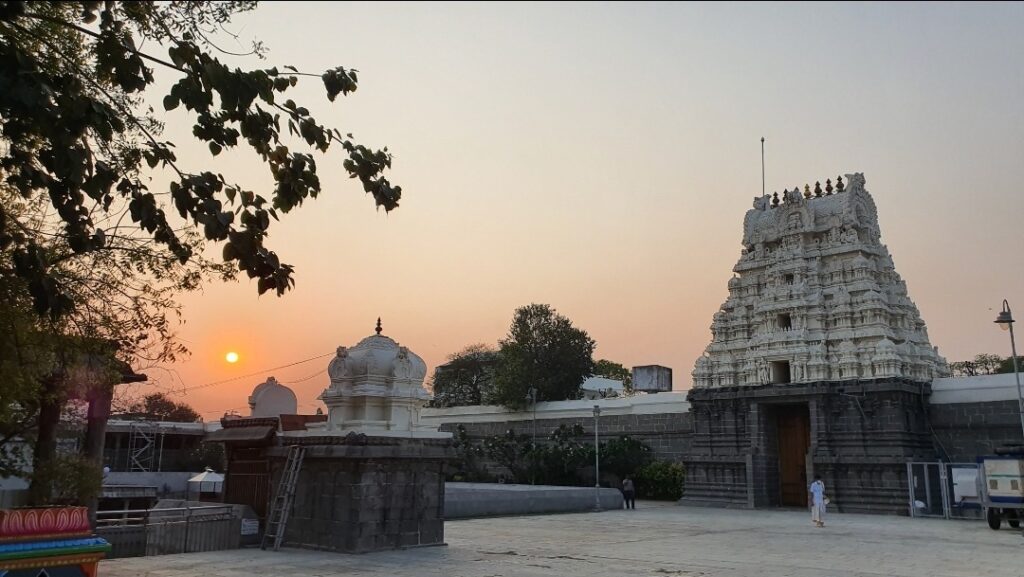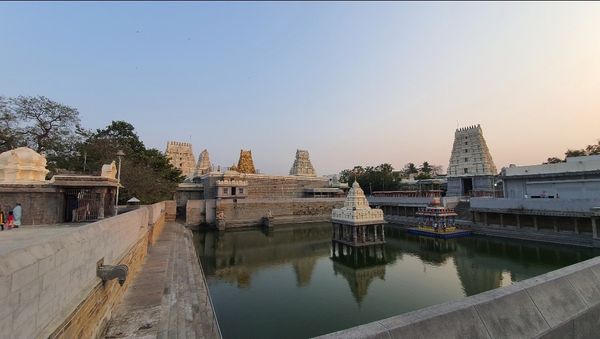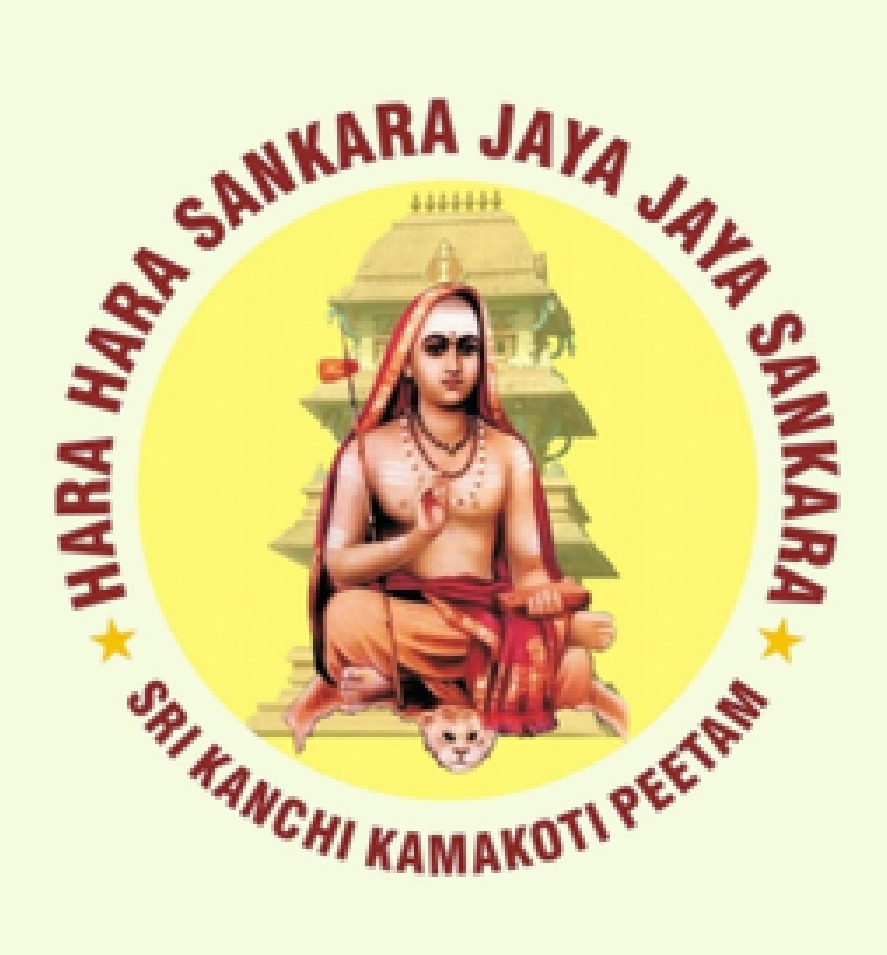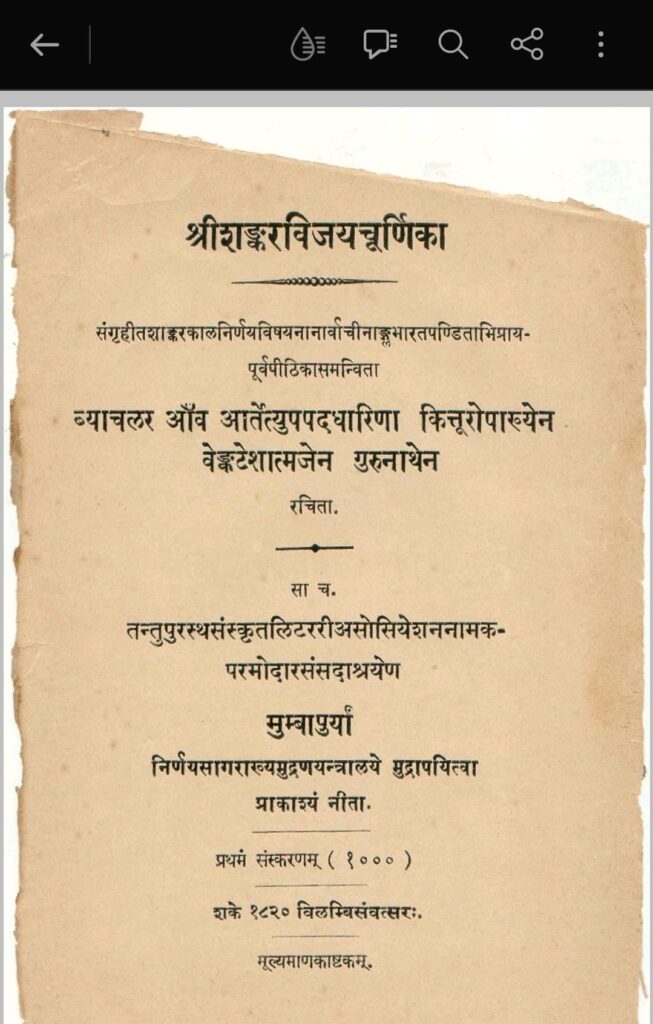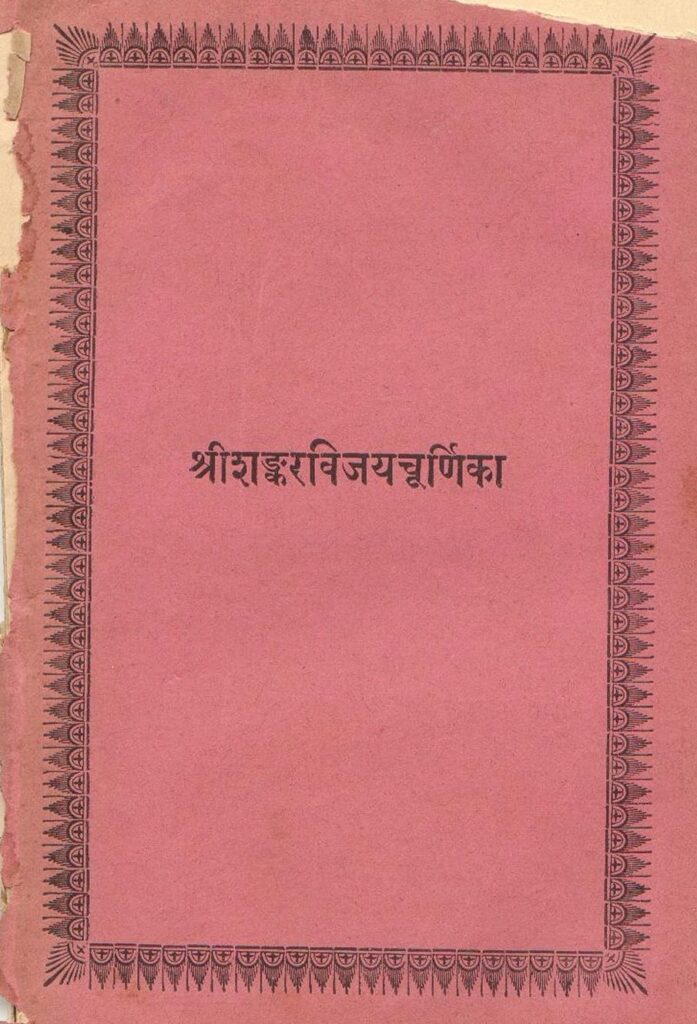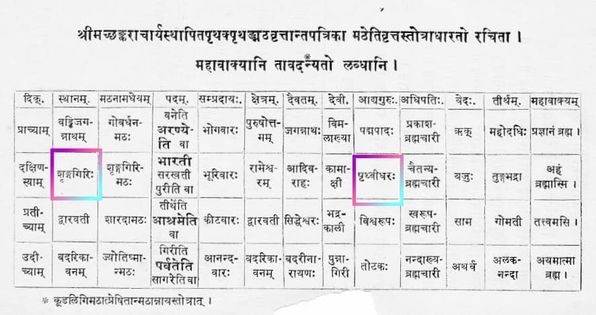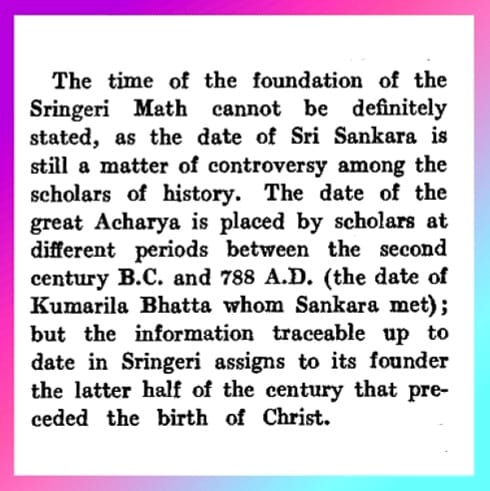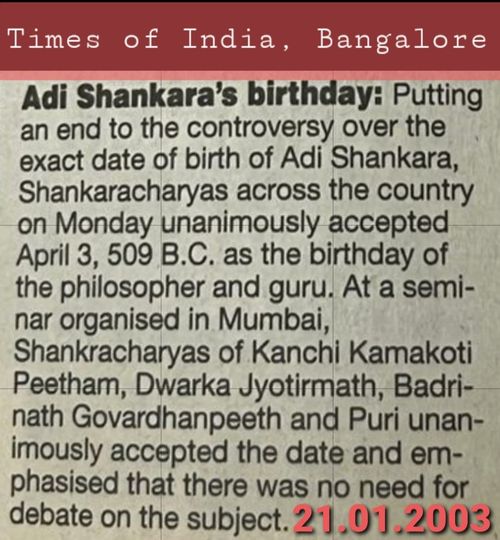1. What guides the governance of Sankarite institutions in the country, and is the mathamnaya text considered in their religious practices?
The governance of Sankarite institutions in the country typically adheres to the customary religious practices and usages of the respective mathas, with consideration given to the mathamnaya if any such discernible code exists exclusively for the respective matha.
2. Is it legally valid to claim that only Puri, Dwaraka, Sringeri, and Jyotir mathas are the exclusive Amnaya mathas based on a singular mathamnaya text?
The claim that a singular mathamnaya text prescribes exclusively Puri, Dwaraka, Sringeri, and Jyotir mathas as the Amnaya mathas is legally untenable.
3. Is there conclusive evidence establishing Shri Shankaracharya as the author of the mathamnaya text, and is such authorship found in any of the traditional texts?
There is no irrefutable evidence establishing Shri Shankaracharya as the author of the mathamnaya text, and such authorship is not found in the traditional texts.
4. Does the imposition of the mathamnaya text as the exclusive regulatory instrument by Shri Shankaracharya, the founder of these mathas, hold legal validity?
The imposition of the mathamnaya text as the exclusive regulatory instrument as authored by the Great Acharya, the progenitor of these mathas, lacks legal validity.
5. Is there a legal foundation for proposing distinct legal status for Puri, Dwaraka, Sringeri, and Jyotir mathas as the only Amnaya mathas based on a recent and elusive text?
Proposing distinct legal status for these four amnaya mathas based on a recent and elusive text is legally unfounded.
6.Why did the propagation of the mathamnaya text begin in the 19th century and gain active promotion later during the last century?
The gradual initiation in the 19th century evolved into active canvassing during the 20th centuries, primarily motivated by a supremacist agenda to consolidate power within the four mathas coupled with marginalization of more ancient and prominent mathas like Kanchi Kamakoti Pitha and Kudali Sringeri mathas established by Shankaracharya.
